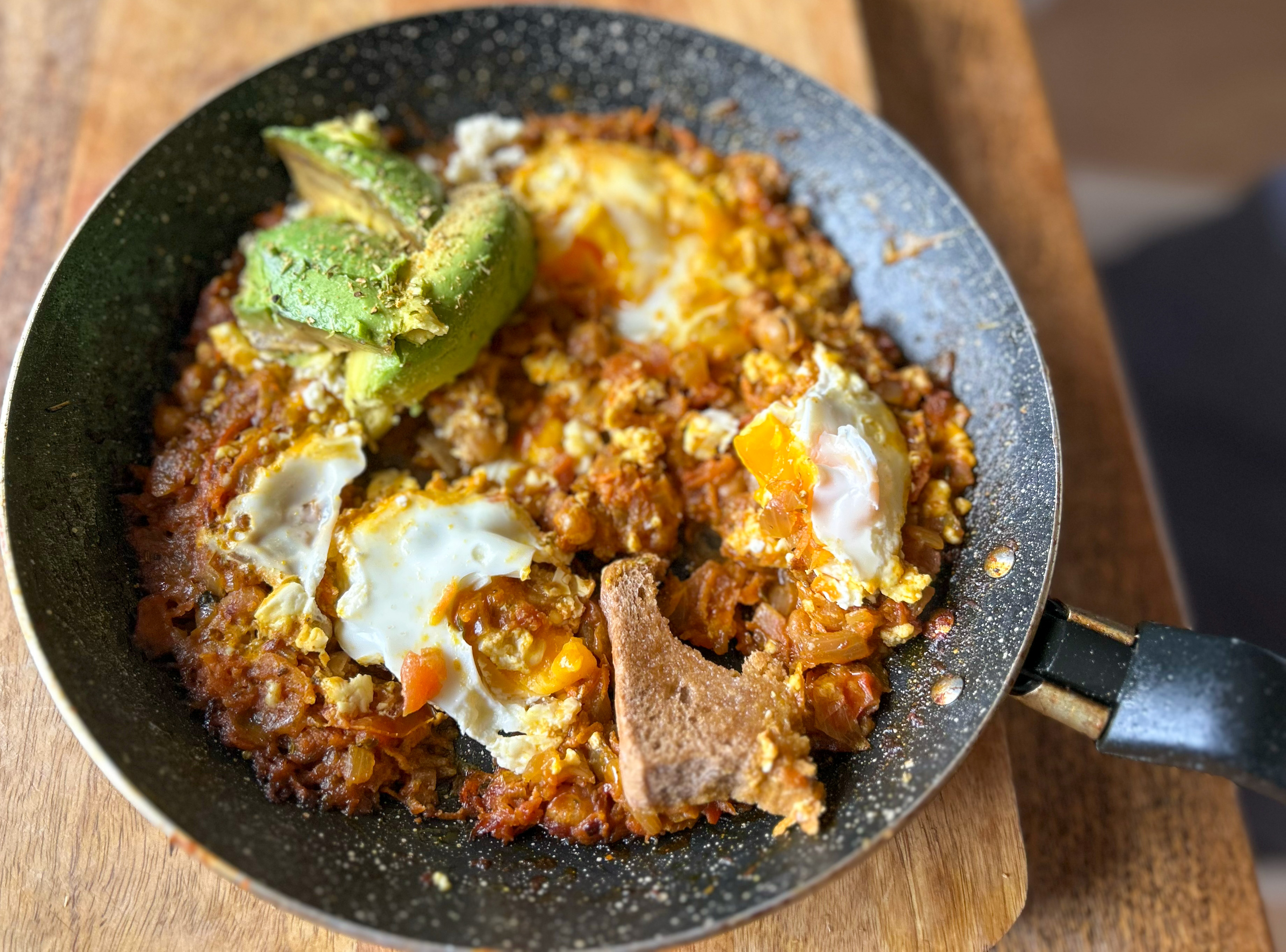Does breakfast taste better when consumed during dinner time? I think so because — anecdotally — eggs, bacon, and pancakes tend to pack more flavour in the evening than in the morning.
Bear with me, but here is why breakfast goes down much better in the evening. At night, there is no rush like in the morning, so you have more time to enjoy eggs or pancakes in a relaxed state. It’s also fun to break the rules by having breakfast for dinner.
It also has something to do with individual eating patterns. In my case, I’m usually not hungry in the morning and I have no appetite. I will only have a steaming cup of coffee when I wake up. I think my body and appetite try to make up for skipping breakfast by pushing me to have traditional morning food in the evening.
There is also a sense of freedom that adulthood comes with. As an adult, you can eat what you want, whenever you want. You can have ice cream or chocolate for breakfast or before dinner, which is a guilty pleasure.
There is research available centred on staple breakfast food items and general consumption patterns. Researchers from Oregon Health & Science University in the US probed the triggers behind late-night snack cravings.
Their 2013 study, reported by Science Daily, found that the body’s internal clock, which is also known as the circadian system, causes the body to crave sweeter or saltier foods at night. This could explain why some people reach for a late-night bowl of cereal or eggs, and why these items taste so good at that time.
The late-night cravings for breakfast recently hit me, inspiring me to reach out for eggs to make shakshuka (or shakshouka) at about 11pm on a weekday. The cravings were so intense that I made shakshuka and quickly gobbled it up, even forgetting to take the pictures required for this column.
So I had to remake the shakshuka the next day so that the pictures were clear as day. I even produced a TikTok video for the recipe.
@ray_mahlaka Sunday Breakfast: Making Shakshouka… #sundaybreakfast #breakfastideas #sunday #dearfuturehusband ♬ original sound - ray_mahlaka
You’re welcome.
Shakshuka is a dish of poached eggs, accompanied by vegetables including tomatoes, onions, and others. The dish is believed to have originated in North Africa, specifically Tunisia, before spreading across the Middle East and Mediterranean regions.
Shakshuka is usually eaten for breakfast or brunch, but I think it makes a tasty dinner, served with bread to mop up its sauce. It is also a dish packed with a lot of flavour as spices that go well with the dish include coriander, paprika, chilli flakes, cumin, and others.
Shakshuka requires tomatoes, which is in line with the theme of tomato-laden recipes that I committed to making during February because I recently bought too many for a household of one. I’ve had my stash of tomatoes for about two weeks, and I’m worried that they will soon rot.
Thankfully, Teresa Fischer, a Daily Maverick reader who responded to my recent call for tomato-laden recipes, told me that tomatoes can be frozen and used later. Freezing is a great way to preserve their flavour and texture for cooking, and is best used for dishes like soups, sauces, and shakshuka. Try the shakshuka recipe below. It will probably convince you to have breakfast for dinner.
Ingredients
3 Tbsp olive oil
2 large tomatoes, chopped
1 large onion, chopped
1 carrot, grated
1 Tbsp crushed garlic
2 Tbsp tomato paste
1 tsp mixed herbs
1 tsp cumin
1 tsp ground coriander
1 tsp chilli flakes
1 tsp turmeric
1 tsp paprika
Salt and pepper to taste
½ cup of chickpeas, roasted (optional)
2 eggs
Feta cheese, crumbled
Method
In a pan over medium heat, fry the onions and grated carrot until brown and soft. Add garlic and season with salt, pepper, chilli flakes, turmeric, paprika, coriander, cumin, and mixed herbs.
Add chopped tomatoes and tomato paste, cover, and simmer for 15 minutes. Add a ½ cup of water so that the vegetable mixture/sauce does not burn. Add roasted chickpeas.
Make small wells in the vegetable mixture/sauce and crack the eggs into them.
Cover the pan and cook for 5-7 minutes, until the egg whites are set but the yolks are still runny (or longer if you prefer firm yolks). Sprinkle feta cheese and add avocado slices.
Optional: you can make a non-vegetarian shakshuka by adding fried bacon bits or slices of beef sausage. DM





